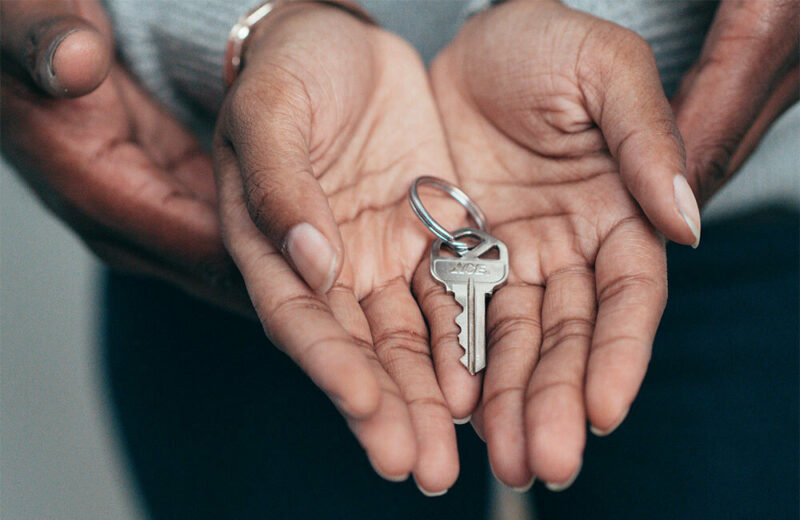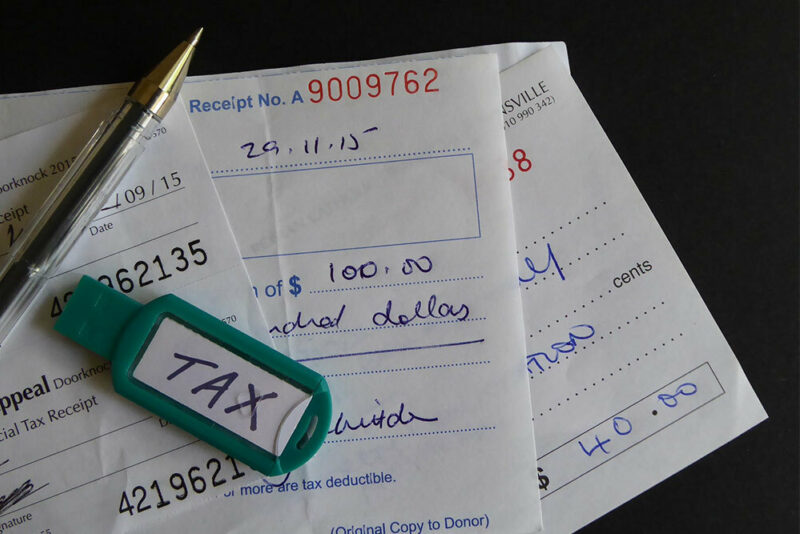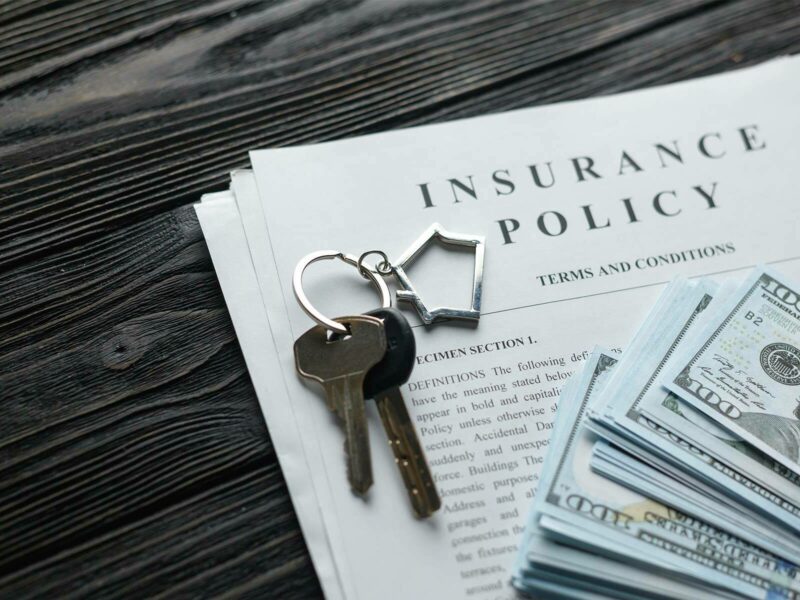Article Excerpt
Learn what different types of mortgage points are, how buydowns are used, how many points you can buy, how much you can save, and if you should buy them
In this article:
- Types of Points
- Origination Points
- Mortgage Buydowns
- Discount Mortgage Points and How They Work
- How many points can you buy on a mortgage?
- Should you buy mortgage points?
- How much can you save by purchasing mortgage points?
- Are buying mortgage points worth the cost?
- Are mortgage points tax-deductible?
The term “points” often appears during the mortgage application process and at closings. It can have at least two meanings, but the most common meaning refers to an optional way for a borrower to reduce the interest rate on the mortgage loan. For every “discount point” the borrower purchases, the interest decreases by a certain amount.
A common mortgage term you may hear is “basis points” or “bps”. Lenders call them “bips” when spoken aloud. The main thing you need to know as a homebuyer is that one hundred bps equal 1% - so one basis point equals 0.01%. If you get a quote of 4% from a lender, and it changes to 4.25% a few days later, it went up by 25 bps.
» READ MORE: Homebuying Vocabulary 101
Types of Points
How much is one mortgage point? Generally speaking, one “point” is equal to 1% of the amount of a mortgage loan. One point on a $250,000 mortgage would cost a borrower $2,500, for example. This is how much the borrower pays - not necessarily the amount the interest rate will be lowered by.
Two kinds of points are common in home mortgage loans: origination points and discount points. It’s important to understand these two terms while having discussions with your lender.

Origination Points
Some lenders use points for the fee they collect for making the loan. These are known as “origination points.” Not all lenders charge points for originating a loan. Some charge an origination fee instead. This is part of what your mortgage lender is paid.
The number of origination points may be negotiable based on factors like credit score, debt-to-income ratio, and down payment. The borrower pays these points at closing.
Mortgage Buydowns
You can make a deal with your lender for a lower interest rate during the first few years of the loan term. You pay a fee, similar to discount points, in exchange for this rate reduction. At the end of the agreed-upon time period, the interest rate increases to the full rate. It will remain fixed at that rate for the rest of the term of the loan.
Sellers may offer buydown deals in order to make their property more appealing to homebuyers. Buyers should pay close attention to the purchase price, however. A seller might try to inflate the sales price in order to offset the buydown cost.
A lower interest rate means lower monthly payments for the homebuyer. The payments will increase as the interest rate goes up. A buydown can help a buyer afford a more expensive home with a larger mortgage by giving them time to build their income. The buyer takes a risk, however, that their income will grow enough by the end of the buydown period.
Several types of buydowns may be available:
- 1-1-1 Buydown: The interest rate is reduced by 1% for the first three years of the loan term, and then goes up to the full rate.
- 2-1 Buydown: The interest rate goes down by 2% during the first year and 1% during the second year.
- 3-2-1 Buydown: The interest rate goes down by 3% in the first year, 2% in the second year, and 1% in the third year.
Mortgage Buydown Example
Suppose a borrower takes out a 30-year mortgage loan for $400,000 with a fixed interest rate of 4.5% and a $20,000 down payment. They pay for a 3-2-1-buydown. Their interest rate and monthly payments would be as follows:
First year: 1.5%, $1,549
Second year: 2.5%, $1,739
Third year: 3.5%, $1,944
Fourth and subsequent years: $2,163
Buydowns are not available for all types of mortgage loans. The rules and restrictions can be complicated. For example, 2-1 buydowns are available for purchase-money mortgages backed by the Federal Housing Administration (FHA), but not FHA refinances. Purchases of first or second homes are eligible for 3-2-1 buydowns, but not investment properties. A mortgage lender can give you more information about whether a buydown is available in your situation.

Discount Mortgage Points and How They Work
All figures mentioned, including interest rates, are for illustrative purposes only; they may not reflect obtainable interest rates today.
The more common usage of the term “points” involves “discount points” that a borrower may purchase at closing in order to lower the interest rate on the loan. For every point that a borrower purchases, the lender will reduce the interest rate by a specified amount. The reduction may vary from one lender to another, but a 0.25% reduction per point is common. Borrowers may purchase fractions of points, often down to one-eighth of a point.
Suppose a borrower has been approved for a $400,000 30-year mortgage at 4% interest. Each point would cost $4,000, and would reduce the interest rate by 0.25%. The lender offers to lower the interest rate to 3.625% if the borrower buys 1.5 points, which would cost the borrower $6,000. If the borrower declines the offer, they would pay the original 4% interest rate.
How many points can you buy on a mortgage?
Points typically cost 1% of the loan amount. If you are borrowing $250,000 to buy a home, one point would cost you $2,500. You may buy fractions of a point, such as half a point for $1,250 or 1.5 points for $3,750. Each point that you buy reduces the interest rate by a set amount.
No specific limit applies to the number of points you may buy, but both federal and Texas laws might limit the total amount that a lender may charge you for closing costs. Too many points would push your closing costs over that limit. Different rules apply to different types of loans, such as purchase-money mortgages, cash-out refinance loans, or home equity loans. A mortgage professional can discuss whether any limits apply to the type of mortgage loan that you need.
Should you buy mortgage points?
When deciding whether or not to purchase discount points, you need to consider factors like:
How long you plan on owning the home
How much the mortgage will cost you over the life of the loan
How much you could save over time by paying for points now
Whether you can afford the points now

Photo by Firmbee.com on Pexels
How much can you save by purchasing mortgage points?
If you take a full 30 years to pay off a $400,000 mortgage at 4%, you will pay a total of around $687,478. If you buy the 1.5 points offered by the lender, your interest rate would be 3.625%, and over 30 years you’d pay about $656,714.
Your $6,000 up-front investment would lead to a total savings of $30,764, albeit 30 years later. That averages out to slightly more than $1,025 in interest that you don’t have to pay each year.
Discount points work the same way on adjustable-rate mortgages (ARMs). You just need a few extra steps to calculate the total cost and potential cost savings.
Are buying mortgage points worth the cost?
If you’re planning on staying in the home for a longer time, it might be worth it from a pure cost perspective. If you plan on buying your “forever” home, buying mortgage points is likely well worth the upfront cost. Your mortgage advisor will map out these scenarios clearly.
An experienced mortgage advisor can run comparison scenarios for you.
Are mortgage points tax-deductible?
Loan origination points are typically not tax-deductible. For this reason, many lenders have moved to different fee structures.
Discount points raise several issues with regard to tax deductions. The interest you pay on your mortgage is tax-deductible. Buying discount points reduces the total amount of interest you will pay. That will, in turn, reduce the amount of your annual mortgage interest tax deduction, but only by a small amount most years.
Recent amendments to federal tax law have made the deductibility of discount points somewhat uncertain. The IRS considers discount points to be prepaid interest. For the tax years 2018 through 2025, discount points for purchase-money mortgages should be fully deductible, but points on certain home equity loans are not. After 2025, only discount points on the first $750,000 of a loan will be deductible.
Get advice on mortgage points!
Deciding on mortgage points can be tough when you realize the potential savings to be had over decades of mortgage payments. It's not the right decision for everyone, though. You need personal guidance from an experienced lender that knows the pros and cons. Get in touch with The Wood Group of Fairway by answering a few simple questions about yourself as a homebuyer. We'll reach out to review your best options!




